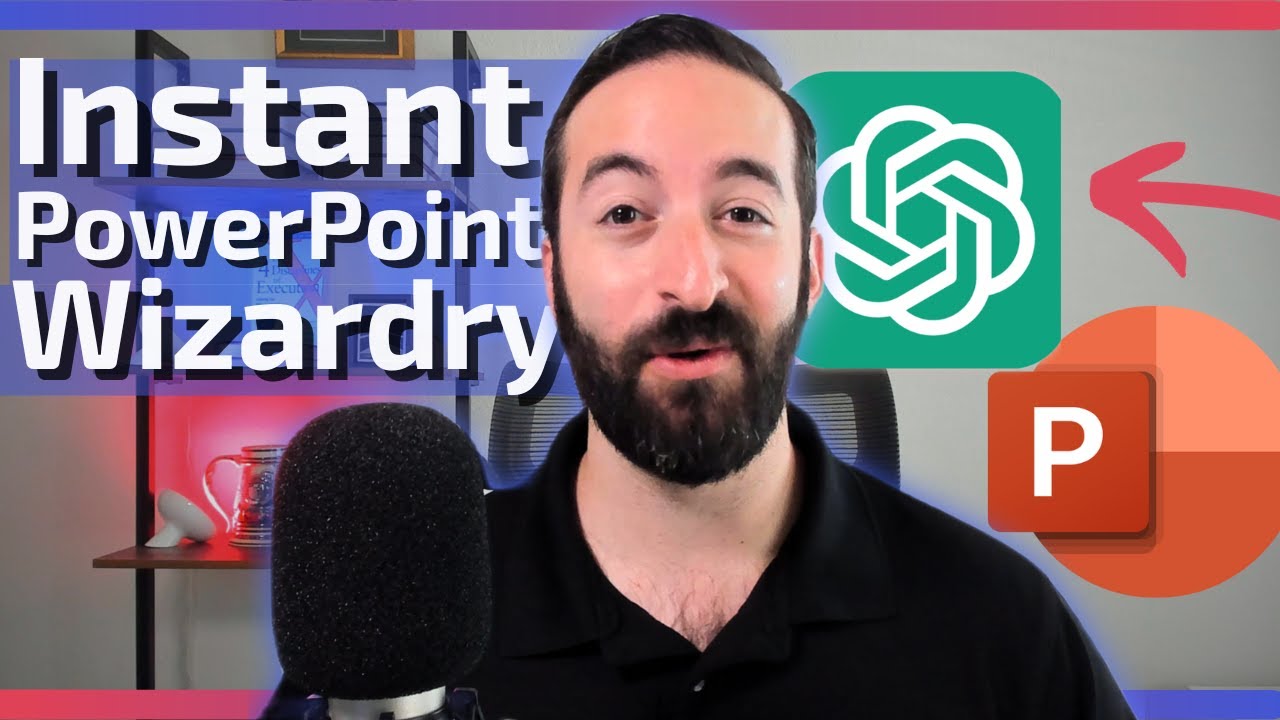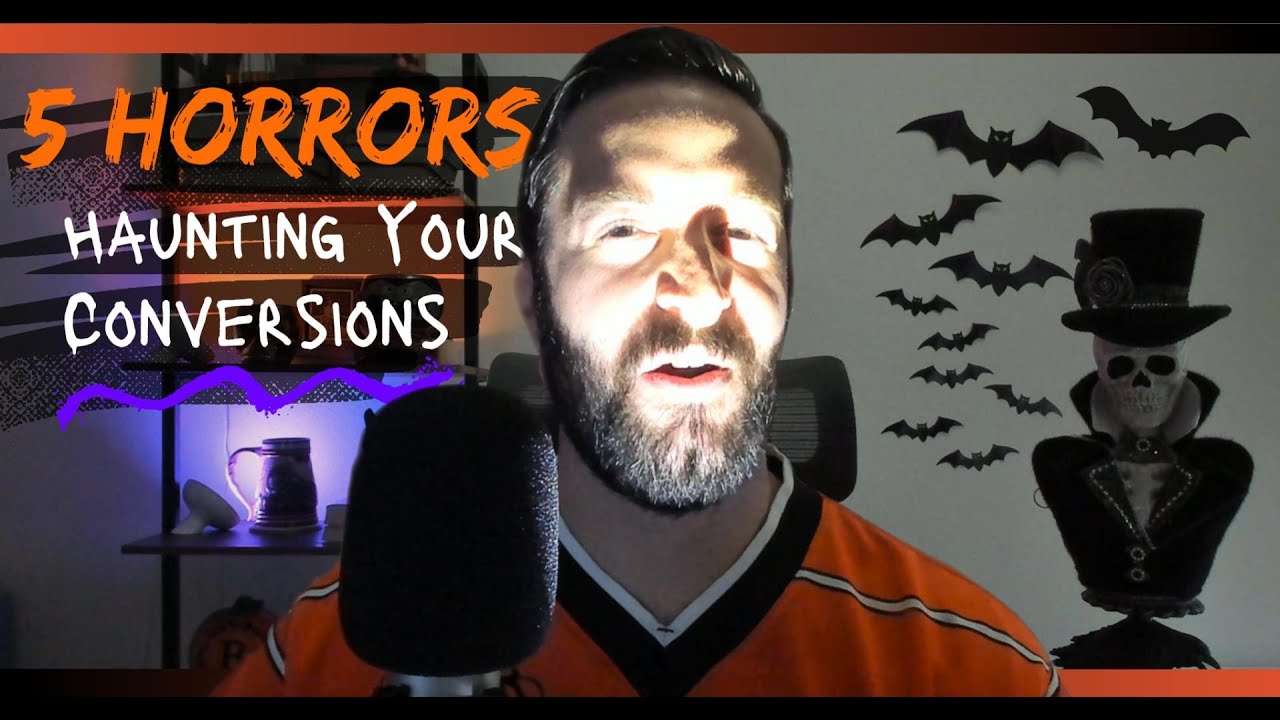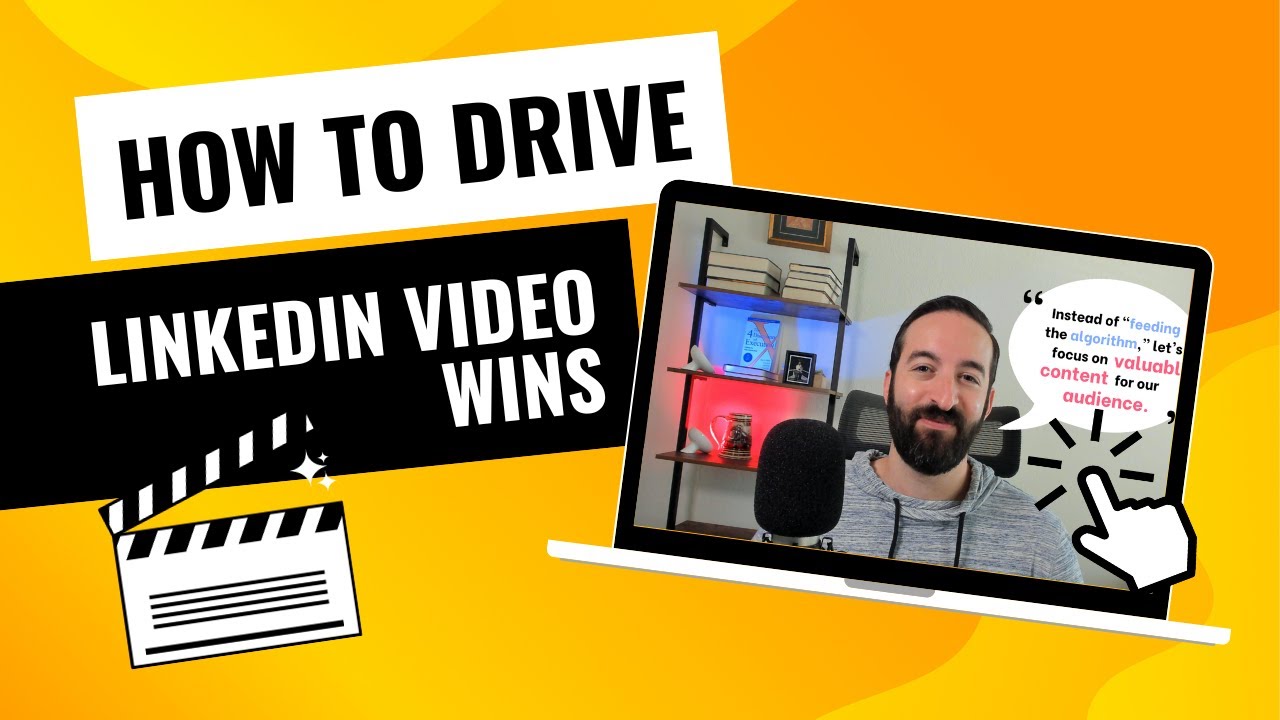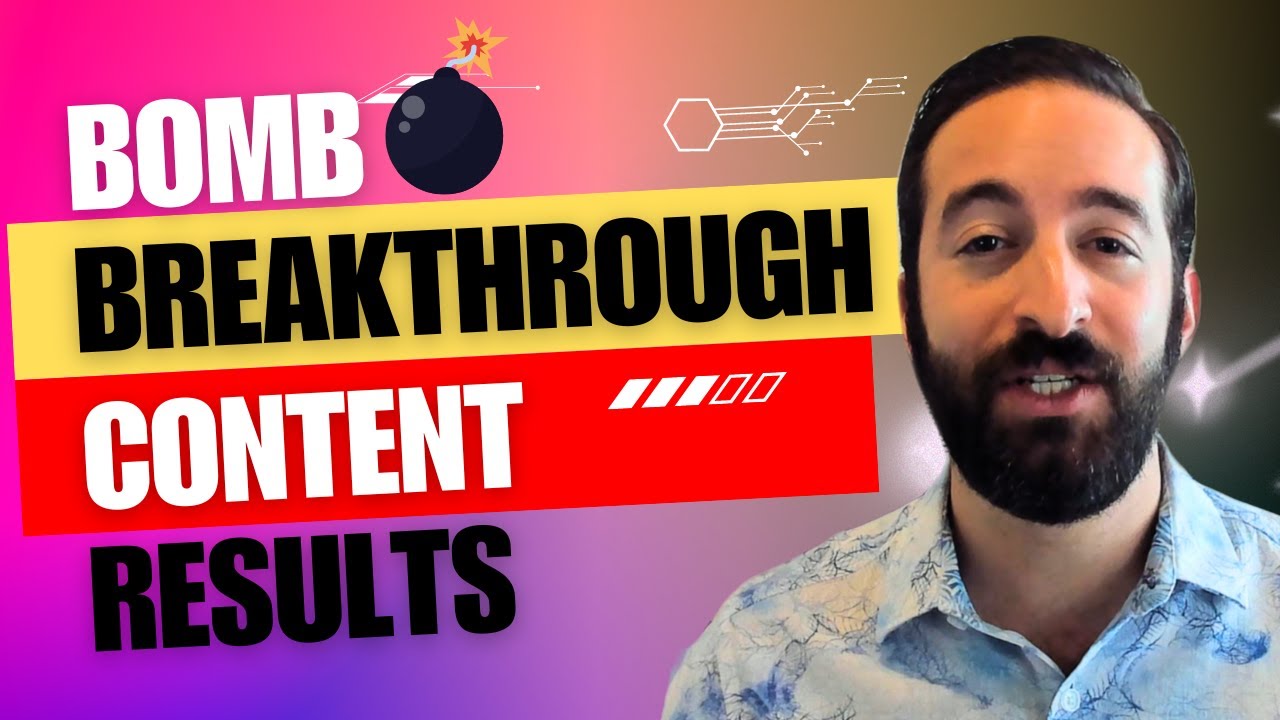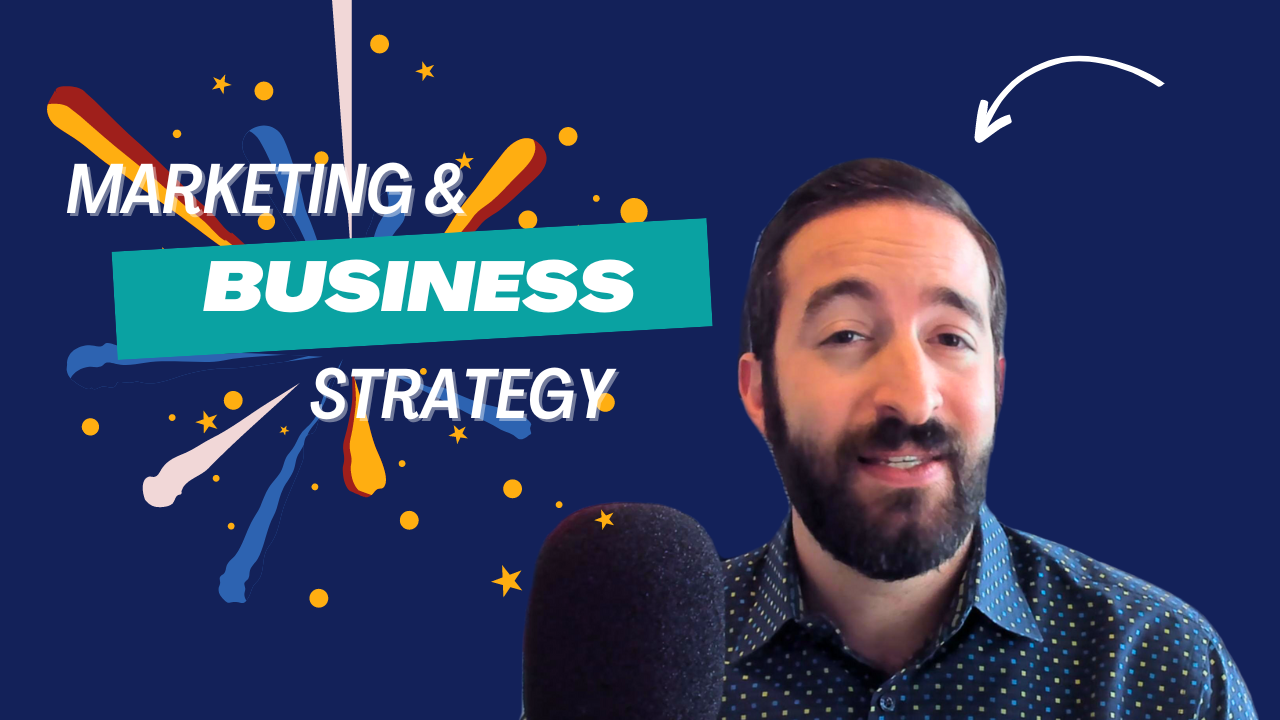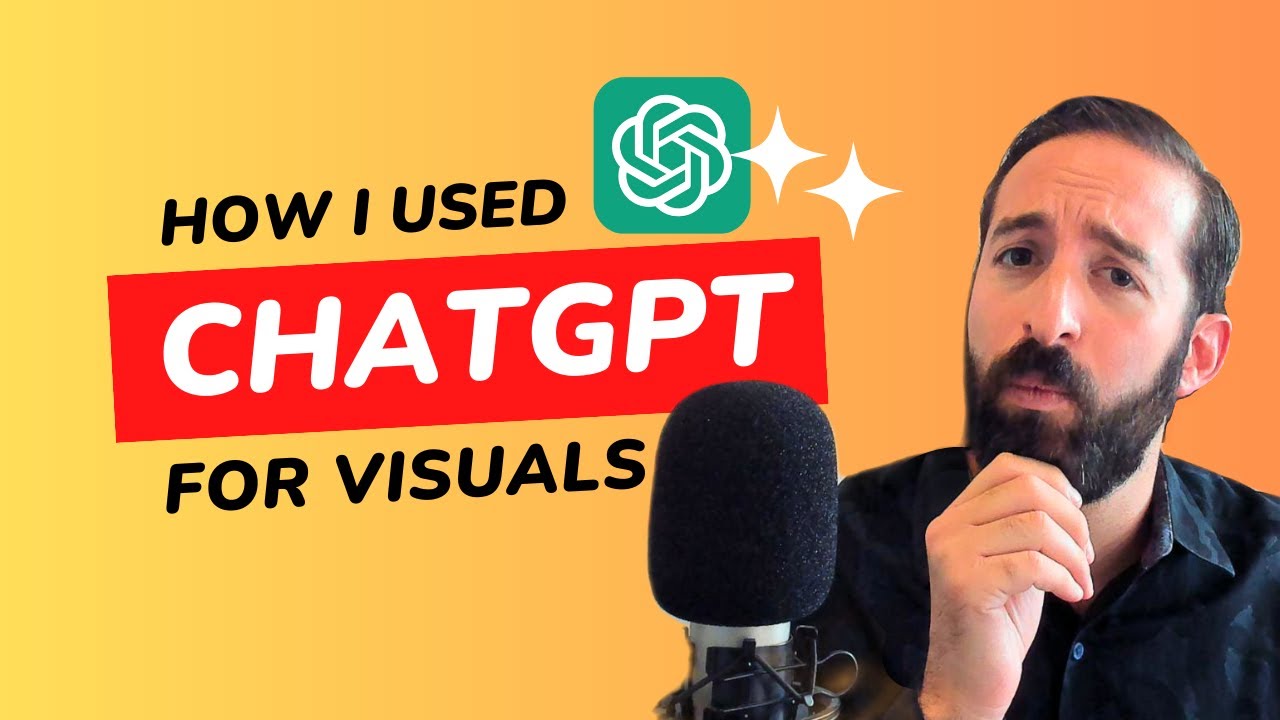How to Best Automate and Conquer Your Whopping PowerPoint Slide Needs
In today’s digital landscape, creating automations to improve workflows and efficiencies is crucial. With the rising popularity of ChatGPT and generative AI, more and more professionals are finding innovative ways
Read More | Watch Video

